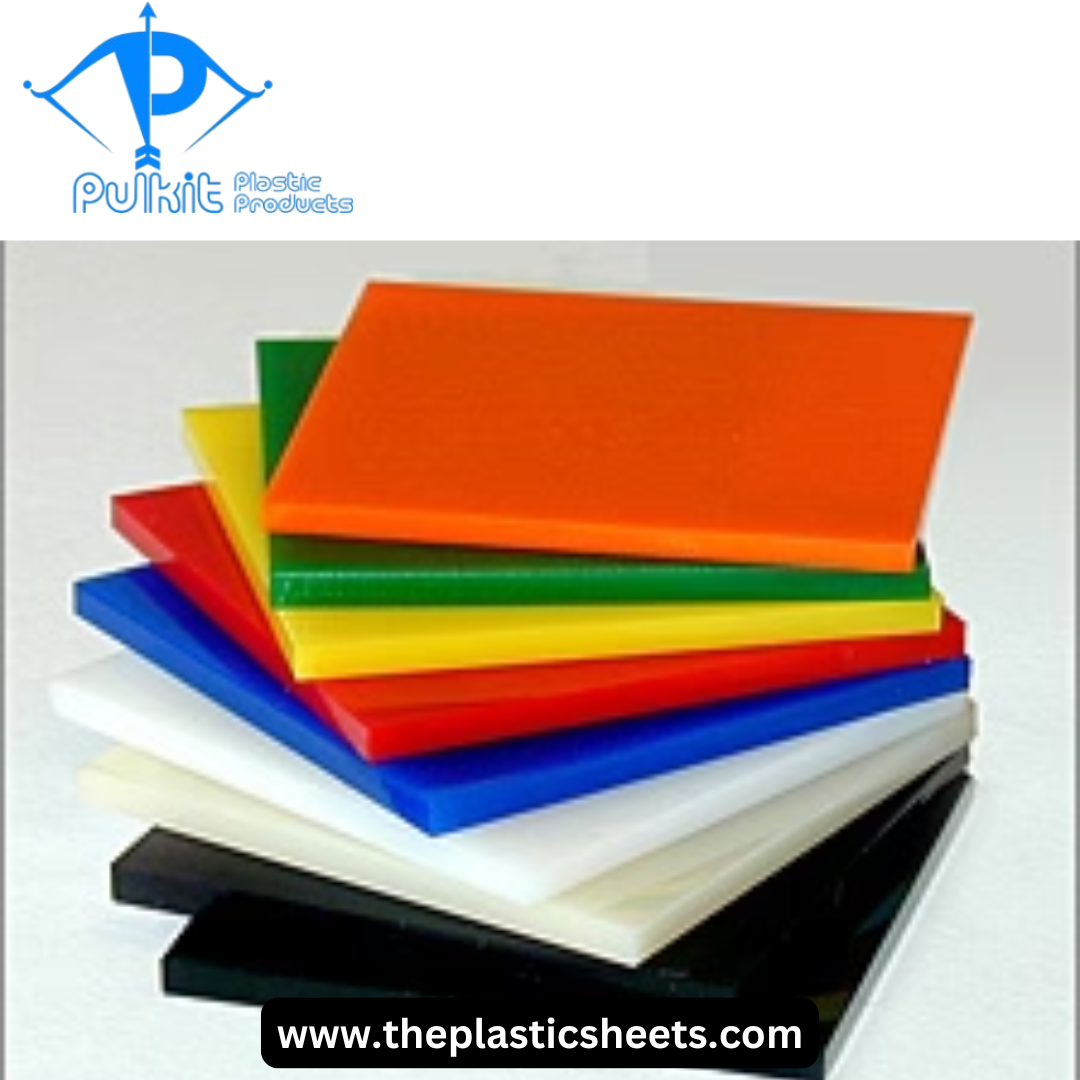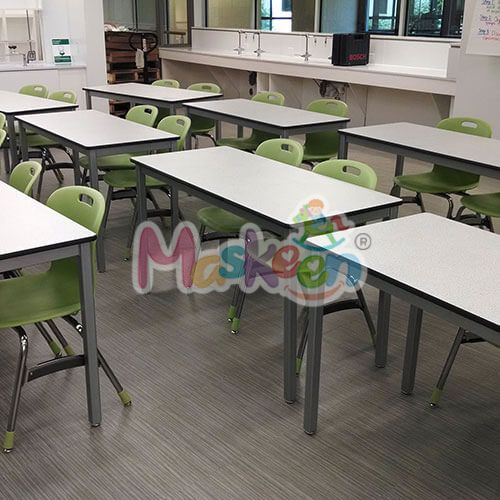Introduction to PP Sheets
Polypropylene (PP) sheets have emerged as a popular choice for various industrial and commercial applications due to their lightweight, durable, and chemical-resistant properties. Made from polypropylene resin, these sheets are known for their flexibility and versatility, making them suitable for diverse uses across multiple sectors. From packaging and manufacturing to signage and construction, PP sheets offer an extensive range of benefits. This Pulkit Plastic Products explores the characteristics, manufacturing processes, applications, pricing, and key suppliers of polypropylene sheets, providing a comprehensive understanding of this essential material.
Characteristics of PP Sheets
PP sheets come with an array of characteristics that enhance their utility. One of the most notable features is their excellent chemical resistance, allowing them to withstand exposure to a variety of acids, bases, and solvents. This makes PP sheets highly desirable for industries that require materials resistant to harsh chemicals, such as laboratories and chemical processing plants. Additionally, polypropylene sheets are lightweight, which reduces shipping costs and makes them easier to handle.
In terms of durability, PP sheets possess remarkable impact resistance, making them less likely to crack or break under stress. Their ability to maintain flexibility even in colder temperatures adds to their versatility. Furthermore, these sheets can be easily fabricated and thermoformed, allowing manufacturers to create custom shapes and sizes that cater to specific needs. The combination of these properties significantly contributes to the growing demand for polypropylene sheets across various sectors.
The Manufacturing Process of PP Sheets
The Polypropylene sheets manufacturers involves several steps, ensuring that the final product meets stringent quality and performance standards. The process begins with the polymerization of propylene gas, which is converted into polypropylene resin. This resin is then melted and extruded through a flat die, creating a continuous sheet of material. The molten sheet is cooled and solidified before being cut into desired lengths.
Manufacturers often employ techniques such as calendering and casting to produce polypropylene sheets with varying thicknesses and surface finishes. Calendering involves passing the molten polypropylene through a series of rollers, allowing for the production of smooth, uniform sheets. In contrast, casting allows for thicker sheets with more complex shapes. Quality control measures are strictly enforced throughout the manufacturing process, with tests conducted for strength, thickness, and surface quality. Such meticulous attention to detail ensures that the final product is not only functional but also meets industry specifications.
Applications of PP Sheets
Due to their inherent properties, PP sheets are employed in a wide range of applications. One of the most common uses is in the packaging industry, where polypropylene sheets serve as a protective layer for products ranging from food items to electronics. Their moisture resistance and non-toxic nature make them an ideal choice for food packaging applications, helping to extend shelf life while ensuring product safety.
In addition to packaging, PP sheets are widely used in the manufacturing of various industrial products, including components in automotive and aerospace applications. The lightweight nature of polypropylene contributes to overall weight reduction, which is crucial for performance in these sectors. Furthermore, polypropylene sheets are popular in the signage industry, where their ability to withstand weather conditions and fading makes them an excellent choice for outdoor signs and displays.
Another significant application of PP sheets is in the construction industry. They are often used in wall panels, ceilings, and flooring solutions due to their durability and ease of installation. Moreover, their aesthetic appeal and availability in various colors and finishes make PP sheets a favored choice in architectural designs. This versatility underscores the vast potential of polypropylene sheets in multiple markets.
Pricing and Economic Factors
When considering the adoption of PP sheets, understanding the price factors is crucial for decision-making. The price of PP sheets can vary significantly based on quality, thickness, customization options, and the quantity ordered. Generally, bulk orders tend to reduce the price per unit, making it more economical for businesses looking to scale their operations.
Polymers, including polypropylene, are also subject to market fluctuations influenced by factors such as oil prices, demand for products, and changes in production capacity. As a result, polypropylene sheet prices may rise or fall over time, necessitating careful market analysis before procurement. Furthermore, different polypropylene sheets suppliers may offer various pricing options based on their manufacturing capabilities and market strategies, making it essential for buyers to compare quotes and negotiate favorable terms.
Choosing the Right Suppliers
Selecting the right Polypropylene sheets suppliers is critical for ensuring quality and reliability. Businesses should look for manufacturers with a proven track record and robust quality assurance processes. A reputable supplier will not only provide high-quality materials but will also be willing to offer insights into industry standards and application-specific recommendations.
It’s advisable to conduct thorough research and request samples before committing to a supplier. Evaluating the consistency of production, customer service, and delivery timelines are also essential considerations. Moreover, some suppliers may offer additional services, such as custom fabrication or quick turnaround times, which can further enhance their value proposition. Engaging with trustworthy polypropylene sheets manufacturers ultimately leads to improved operational efficiency and product reliability.
Environmental Impact and Sustainability
Today’s consumers and manufacturers are increasingly aware of the environmental implications of their material choices. Polypropylene is a recyclable material, and many manufacturers are taking steps to promote sustainability by implementing recycling programs. This not only reduces waste but also decreases the need for virgin materials, aligning with global sustainability goals.
Moreover, producers are exploring biodegradable alternatives and bio-based polypropylene, which are intended to minimize environmental impact while maintaining the performance properties of traditional polypropylene sheets. As legislation around plastic usage becomes more stringent, manufacturers that prioritize sustainable practices will be better positioned in the market, allowing them to attract eco-conscious customers. This trend highlights the importance of considering environmental factors when selecting materials for various applications.
Conclusion
The PP sheet price are an integral part of modern manufacturing, offering remarkable versatility and resilience across a multitude of applications. Their unique blend of lightweight properties, chemical resistance, and ease of fabrication position them as an ideal choice for packaging, industrial production, and construction. While factors such as pricing and supplier reliability are critical in the decision-making process, the importance of sustainability in today’s market cannot be overlooked.
As the demand for eco-friendly solutions intensifies, manufacturers and suppliers of polypropylene sheets will need to innovate continually and adapt to changing consumer preferences. By striking a balance between quality, cost-effectiveness, and environmental consciousness, PP sheets are poised to remain a vital component of various industries moving forward.
Frequently Asked Questions
- What are the main applications of PP sheets?
PP sheets are used in a variety of applications, including packaging, signage, automotive parts production, and construction materials such as wall panels and flooring. - How much do PP sheets generally cost?
The price of PP sheets can vary based on factors such as thickness, quality, and order quantity. Bulk purchases often result in lower prices per unit. - Where can I find reliable polypropylene sheets suppliers?
It’s advisable to research suppliers with a reputable history in the industry, receive samples before buying, and compare quality and pricing. - Are PP sheets environmentally friendly?
Yes, PP sheets are recyclable, and many manufacturers are adopting sustainable practices, including recycling initiatives and exploring biodegradable alternatives to reduce environmental impact.




